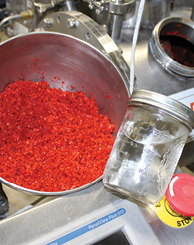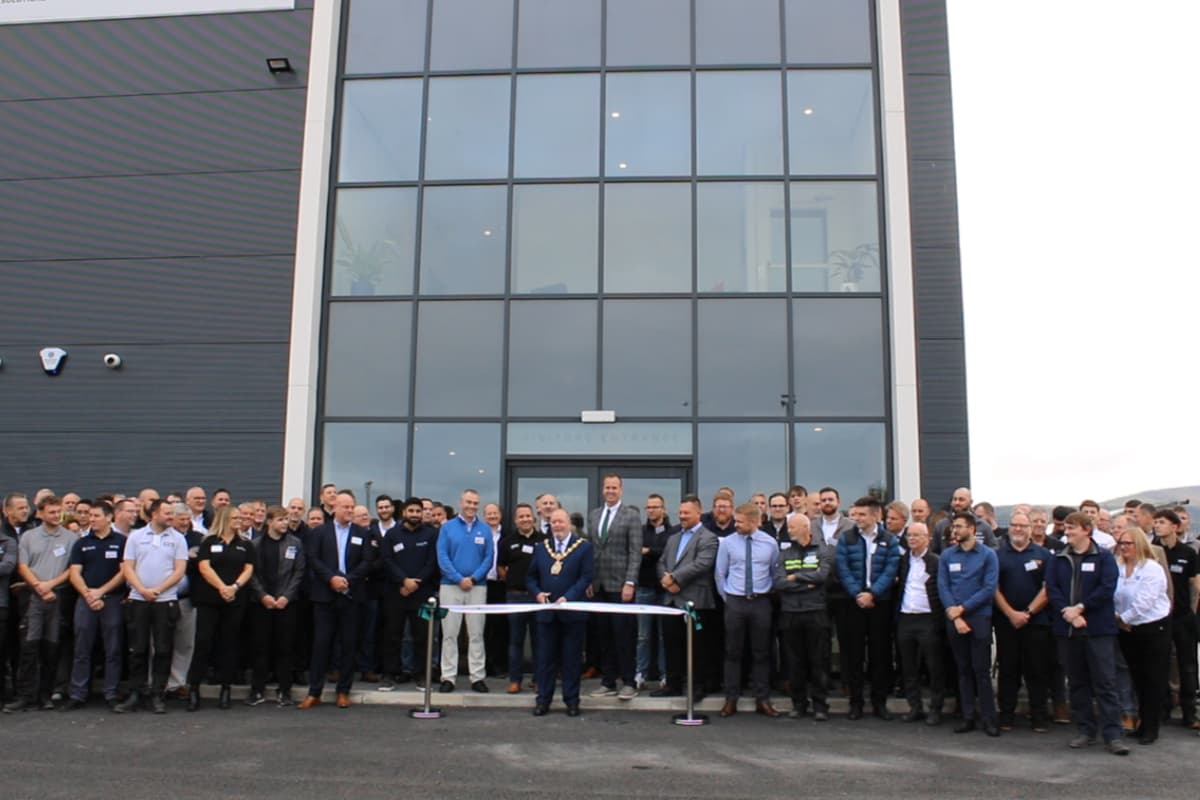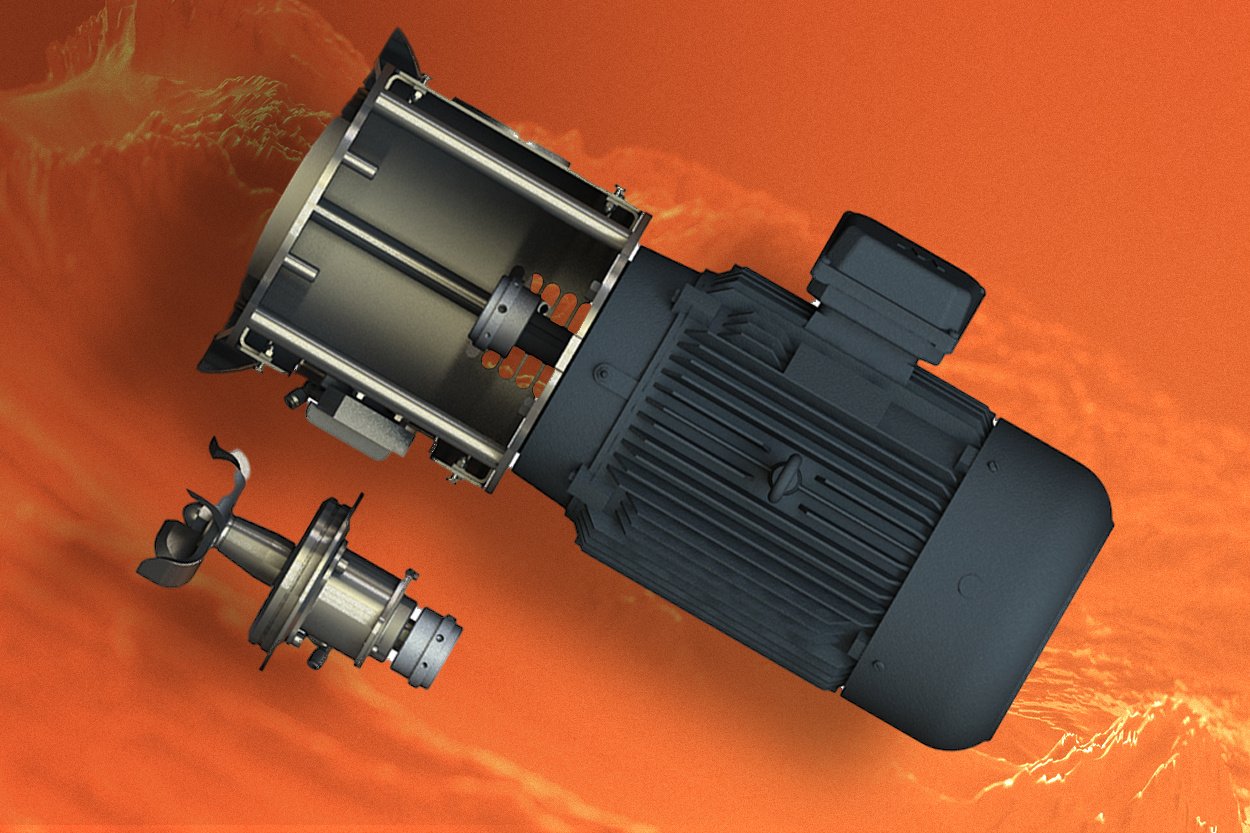Thermal processing is a key component in the production of many types of foods, supplements, chemicals, biomass and pharmaceuticals today. As manufacturing scales up, one of the hidden costs associated with thermal processing is material loss due to incorrect equipment selection or operation outside of the technology’s design parameters. The following tips help avoid wastage due to overheating and underheating in thermal processing.
- Don’t rush it.
When using indirect heating methods, particularly air heating, there’s a temptation to turn up the heat in order to shorten processing times. Trying to rush the process can result in burning and overheating. Operators need to factor in warm up and cool down as part of their calculations to ensure an accurate and complete picture of the process. From a safety perspective, it’s also important to train operators not to run equipment outside of the documented heating range specifications supplied by the manufacturer.
- Keep it moving.
When materials are moving in the processor, either by gravity or fluidizing, it’s easier to achieve even heat distribution throughout the material. Different types of thermal processing equipment use different methods to make sure the material gets constant heating rate throughout. The two most common methods are using a fluid bed or using mechanical agitation.
 Measure the material temperature, not the ambient temperature.
Measure the material temperature, not the ambient temperature.
Some types of thermal processing equipment measure ambient air temperature, rather than the temperature of the material being processed. Measuring the ambient temperature doesn’t give adequate control for sensitive materials or those that require a strict temperature range. Knowing the actual temperature of the materials is crucial to avoid overheating and underheating.
- Use direct rather than indirect thermal processing methods, as appropriate.
Increasingly, companies are looking to microwave technology for consistent, repeatable results. Direct heating through microwave eliminates case hardening and burning common in many indirect heating methods. Microwave also significantly reduces chances for overheating and underheating, as temperature control is instantaneous and is constantly monitored in the bed of material. Unlike air and fluid bed processing, the microwave adjustment does not require any warm-up or cool-down time, giving you the ability to modulate temperature profiles throughout the process.
- Add vacuum technology to lower the boiling point.
For precise processing, especially when materials exhibit heat sensitivity, vacuum can be added to the thermal process in order to lower the temperature in the operating environment. For example, using vacuum pressure at 200 Torr, it is possible to reduce the boiling point of water from 212⁰F to 154⁰F. In food applications this enables exceptional retention of flavor, color and nutritional value. Vacuum-assisted processing is also used in pharmaceutical, nutraceutical and other temperature-sensitive applications.
- Test it:
 If you are planning to change your thermal processing method, materials, equipment or temperature, make sure to complete adequate testing prior to full-scale production. Many manufacturers have test facilities or smaller lab versions of their equipment, designed specifically to help their clients optimize their process. In today’s environment, it’s important to innovate and to increase throughput, as long as quality isn’t compromised.
If you are planning to change your thermal processing method, materials, equipment or temperature, make sure to complete adequate testing prior to full-scale production. Many manufacturers have test facilities or smaller lab versions of their equipment, designed specifically to help their clients optimize their process. In today’s environment, it’s important to innovate and to increase throughput, as long as quality isn’t compromised.
Thermal processing has made significant strides in the past decade, allowing manufacturers to process many materials more effectively and efficiently than before. Keeping up with the technology is one of the ways that companies are maintaining a competitive advantage. If material loss is an issue for your company, microwave and vacuum technologies for thermal processing could make the difference.
Find out more about how direct heating methods can improve material quality and reduce costs due to material loss in our Thermal Processing Handbook or contact us today.

 Measure the material temperature
Measure the material temperature If you are planning to change
If you are planning to change 
